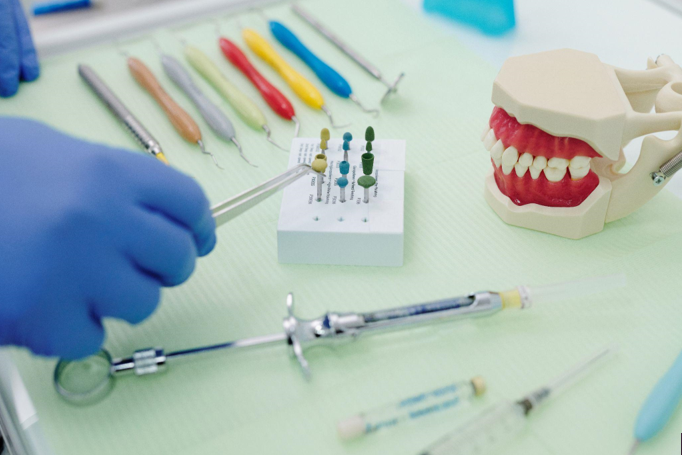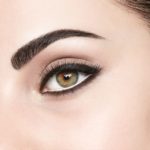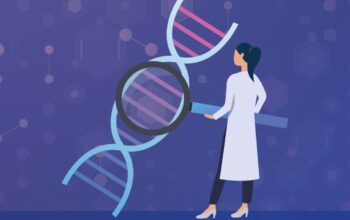Your body’s natural defense and good oral health practices, such as flossing or brushing your teeth, keep bacteria at bay. However, there may be times when you need external care, such as when you have crooked teeth or tooth decay.
Nearly 60% of the US population needs some level of orthodontic treatment. This often involves straightening or moving your teeth to improve their appearance and performance. This care can increase your confidence, facilitate oral hygiene and enhance functionality, such as with bad bites, and lead to better long-term health of your gums and teeth. In this article, we will discuss when and why you may need to see an orthodontist and what qualities you should look out for.
The Differences Between an Orthodontist and a Dentist
While there are similarities between an orthodontist and a dentist as they focus on oral care, their qualifications and scope of practice vary. Dentists obtain a general dental degree, which allows them to focus on services such as repairing teeth, healing gum diseases, or dental cleanings. They also offer restorative treatments such as crowns, dentures, or root canal works.
In contrast, an orthodontist has a dental degree plus a three-year specialist degree in facial growth, dental development, and teeth alignment. They provide services related to overbite, underbite, teeth straightening, misaligned teeth, and crowded teeth.
While a dentist can provide orthodontic care, they don’t have the additional knowledge, university training, or experience of a certified orthodontist. Many dentists will refer you to an orthodontist if you have issues regarding an overcrowded tooth or unevenly spaced teeth, which may be causing jaw pains or headaches.
However, you don’t have to wait for a referral; you can book a consultation yourself. For example, if you are in North Ogden, this Orthodontist Ogden Utah has can help you with braces, Invisalign, alignment, and more.
When to See an Orthodontist?
Here are a few reasons why you should see an orthodontist.
-
Temporomandibular Disorders (TMD)
TMJ can lead to tenderness and pain in your jaw joints and surrounding ligaments and muscles, leading to headaches, jaw pains, or difficulty closing and opening your mouth. Other symptoms include migraines, tinnitus (ringing in your ears), jaw popping, and neck, facial, and shoulder pain. TMJ may result from stress, arthritis in your jaw joints, bruxism (teeth grinding), or jaw injuries such as a dislocated jaw.
Your orthodontist will try noninvasive procedures, such as over-the-counter or prescription medicines, to ease the symptoms, such as muscle relaxers, pain relievers, or nonsteroidal anti-inflammatory drugs (NSAIDs). They may opt for mouth guards to place your jaw in favorable positions, ultrasound therapy (sound waves are delivered into your tissues to increase blood flow), or physical therapy. Surgical treatment options (in case the non-invasive procedures don’t work) include:
- Open-joint surgery: This involves a long incision to access your jaw joint directly to repair or replace the joint.
- TMJ arthroscopy or keyhole surgery: Your doctor will make an incision in front of your ear and insert a thin tube with a light and camera. They will insert other surgical instruments in the tube to reposition the disk in your joint or reshape the bone.
- Arthrocentesis: During this procedure, they’ll collect fluid from your joint space to identify the issue with your jaw joint.
-
Bite Issues
Malocclusion or misaligned bite is a common problem that can affect your facial shape and lead to clenching, speech problems, or headaches. The 4 types of bite issues are:
- Overbite: Having buck teeth means your upper front teeth protrude over your lower front teeth. Treatment often includes using braces to move teeth to correct alignment and retainers to keep teeth in alignment after braces. Adults may use clear braces to only move the teeth affected by overbite.
- Underbite: Also called the bulldog look, causes Your lower front teeth to protrude or rest in front of your upper teeth. It can cause jaw pain, difficulty breathing, or discomfort when chewing or speaking. It can lead to additional issues such as TMJ or sleep apnea (A sleep disorder that causes you to stop breathing when you sleep). Again, your orthodontist may use braces and retainers for treatment. They may also opt for tooth extraction or surgery.
- Open bite: Your front upper and lower teeth slant outwards, leaving a gap either in front or on the sides of your teeth. It can be caused by TMJ, pacifier sucking, or tongue thrusting (pushing your tongue between upper and lower front teeth). It can lead to pain when eating, lisps, and problems with chewing or swallowing. Treatment methods include braces or Invisalign (clear braces), behavior modification, or in severe cases, jaw surgery.
- Crossbite: Here, your upper teeth fit inside the lower teeth. It is often a result of genetics, abnormal eruption of permanent teeth, or delayed loss of baby teeth. Symptoms include tooth decay, sleep apnea, TMJ, and pain in the jaw or tooth. Your orthodontist may use a removable palatal expander to widen the upper jaw or use braces, retainers, or clear aligners.
-
Teeth Straightening or Overcrowded Tooth
Whether you’re getting your teeth straightened for appearance, to keep them healthy (crooked teeth wear more than well-aligned teeth), or they’re affecting your jaw alignment, most treatments will include using braces which can be metal, ceramic, or Invisalign. You should avoid straightening your teeth at home using DIY remedies as it can lead to oral infections, teeth falling out, malocclusion, cuts in your gums, or cracked teeth.
Overcrowded teeth are malpositioned because there is a lack of space and coordination in the jaw. You develop too many teeth in one area, which can stack up on each other. Common causes include genetics, Marfan syndrome (connective tissue disorder), Crouzon syndrome (caused by bg mutation in a specific gene, Osteopathia striata with cranial sclerosis, or OSCSC (This dominant X-linked condition affects your head size and facial features).
The problem can lead to muscle fatigue, spasms, sinus pain, tongue bites when speaking, and accumulation of bacterial biofilm and cavities. Treatment options include braces, Invisalign scaling, tooth extraction, root planing, or surgery.
Endnote
Your orthodontist should have the right education level, accreditation, and experience to give you the correct diagnosis and the proper treatment. Go through their websites and read patient reviews, testimonials, and services offered. Their clinic should feel welcoming and comforting, with helpful medical staff willing to address your queries and concerns.
Look for orthodontists who offer a free consultation with low-payment plans. As treatment can be expensive, ask their office to ensure they accept your insurance.
There is no point in delaying your orthodontic treatment. Otherwise, the problem will continue to fester and grow and lead to worsening symptoms. Book a consultation with your preferred practitioner or opt for multiple expert opinions to see what may be causing these orthodontic problems and the best treatment options you should opt for.
Related Posts












